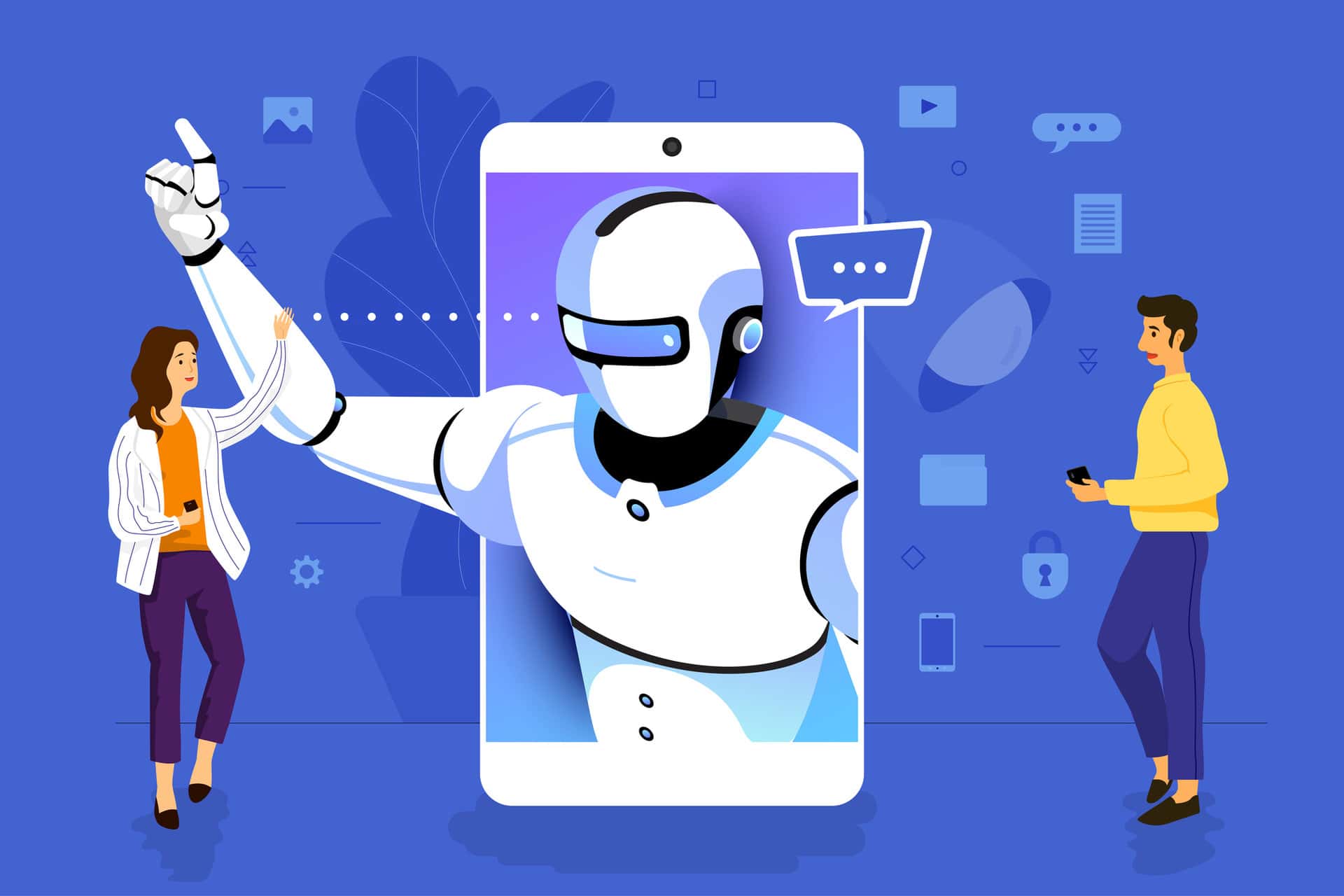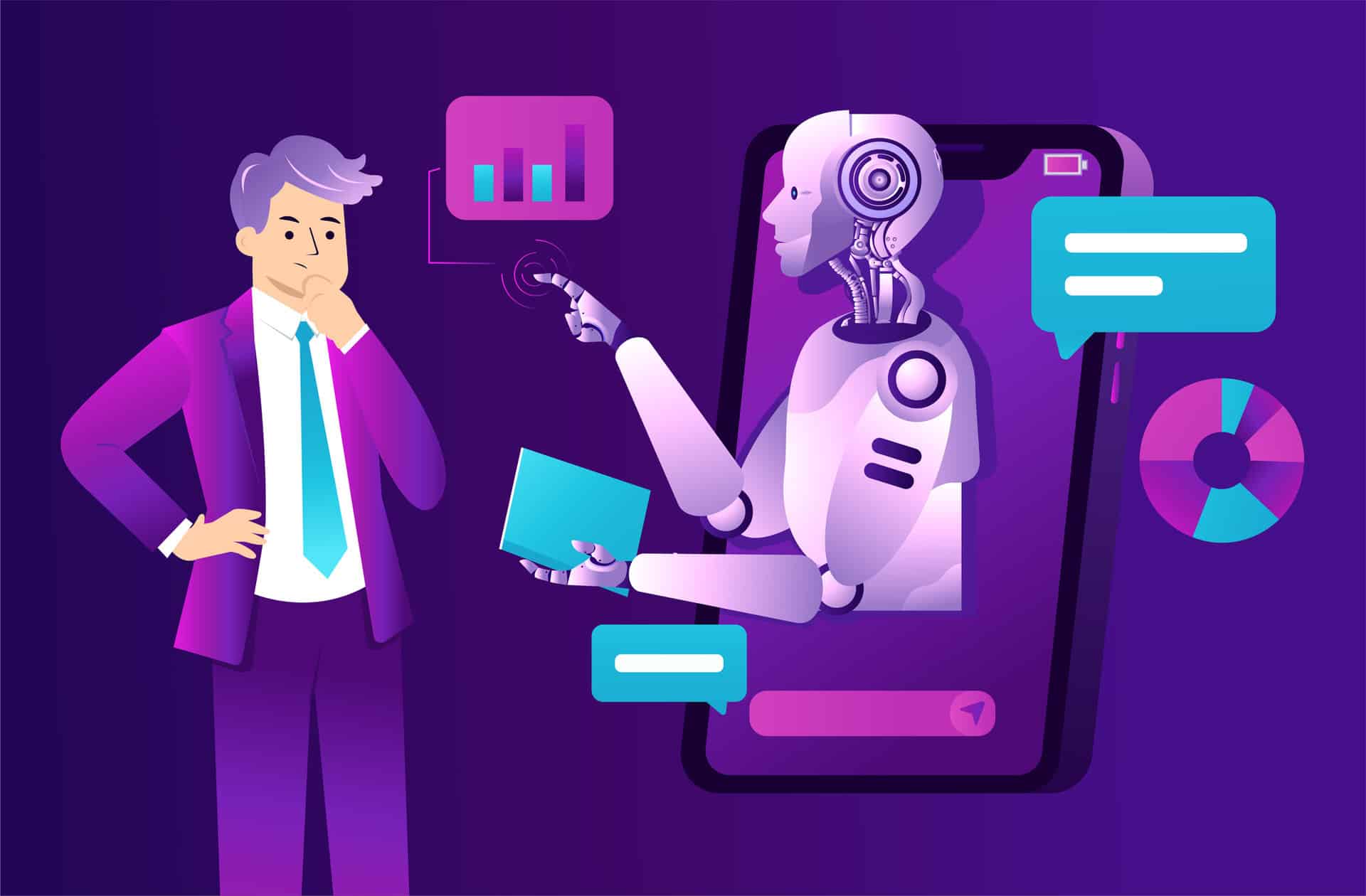
How Do AI Detectors Work? 2024 Guide

Between 2022 and 2023, the number of search engine optimization content creators planning to use artificial intelligence jumped 48%. As language learning models improve, we expect this percentage to grow. However, AI detection software has also flooded the market. How do AI detectors work, and what do they mean for SEO creators?
How Do AI Detectors Work?

AI detectors claim to analyze text and estimate the likelihood of machine versus human generation. For example, a sample may return a result of “80% machine/20% human.” This indicates the software estimates a 20% chance a human wrote the entire piece and an 80% chance an LLM, such as ChatGPT, did so.
How can these programs tell? The software scans the sentences, looking for patterns common in machine-generated writing. Interestingly, the AI detectors themselves use machine learning for this.
The process involves two types of analysis: comparative and linguistic. Comparative analysis identifies similarities associated with training datasets, while linguistic analysis searches for repetition and semantic meaning.
Comparative Analysis
How do AI detectors work using comparative analysis? These programs measure three metrics:
- Temperature
- Burstiness
- Perplexity
Temperature indicates the degree of randomness. LLMs allow users to adjust temperature to control the “voice” of the resulting content. A “high” temperature means more randomness, which can make writing more interesting. However, it can also result in “hallucinations” or instances where AI confidently makes a statement that is false or incorrect.
Burstiness describes the variety of sentence lengths. Humans tend to vary sentence lengths, usually for effect. For example, short sentences draw attention. This can help to emphasize a particular point. Since LLMs aggregate language, they tend to use more uniform sentence lengths.
Perplexity measures the variance of word choice. Because individual voice greatly impacts word choice, human writers tend to have a higher perplexity. In the case of creative writing, perplexity may be astronomical if the writer is using words in innovative ways. In contrast, AI-generated text usually has low perplexity.
Linguistic Analysis
According to studies, the human brain is ready to absorb and produce language from birth. As a result, machine-generated content may “feel” off to us even if we can’t pinpoint why. How do AI detectors work without that biological blueprint?
The answer is linguistic analysis. While AI detection software doesn’t have neuropathways to guide its understanding, it can spot patterns and inconsistencies based on linguistic studies.
Due to its data training sets, AI may produce the following:
- Contradictory statements
- Unnatural word usage
- Impersonal tones
- Inconsistent verb tenses
- Stiff writing styles
These problems can be off-putting to potential customers and negatively affect SEO, in addition to being flagged by an AI detector. Of course, human beings may also have these issues when writing, especially when writing in a non-native language, causing challenges for accurate AI identification.
Take Your SEO to the Next Level
Our comprehensive approach to SEO can launch your website to the top of search engine results pages. Learn how our team can find the right keywords for your needs.
Are AI Detectors Actually Accurate?
Today’s AI detectors are not as accurate as their creators would like you to believe. While they can estimate the likelihood of a piece being 100% written by AI, there are many caveats.
For example, how do AI detectors work in an academic setting? These texts tend to be more formal and impersonal, and they may have less perplexity to avoid confusing the reader. Since these are the expectations for an academic paper, how helpful are AI detectors in this situation?
Unfortunately, institutions of higher education must grapple with this issue. For now, instructors must use their best judgment to prevent plagiarism. Universities and other organizations encourage staff to combine AI detection software with critical examination:
- Does the text have a strong, singular argument or opinion?
- Are there typos?
- Does the paper answer the assigned question?
- Are the facts correct, and are the citations genuine?
If the answer is “no” to multiple questions, the work has a higher likelihood of being AI generated.
What about the SEO content creation space? How does AI detection work regarding social media posts, blogs and web pages? While many companies prefer an authoritative voice, others want to present themselves as friendly and conversational. With the latter, it may be easier for AI detectors to identify machine-generated writing.
Can You Make AI-Generated Content Undetectable?

Is it possible to create 100% AI-generated content that’s undetectable? While technically possible, it involves a lot of luck under very specific circumstances. However, there’s a reliable way to avoid setting off the detectors: Inject a little human creativity.
Generative AI works best as a tool to assist human creators. You can use it in a variety of ways:
- Creating lists of SEO keywords
- Brainstorming marketing ideas
- Making outlines for longer content
- Creating timelines for social media posts
- Creating basic copy to use as a starting point for more work
How do AI detectors work when humans expand on machine-generated ideas? Generally, there’s no way for a detection program to parse text and pick out which concepts came from a person and which came from a computer.
Human collaborators can help you avoid AI pitfalls such as misinformation. Trained SEO writers can vet information and citations generated by ChatGPT, preventing embarrassing errors. Human editors can spot linguistic missteps, such as incorrect subject-verb agreement, repetitive word choice and unclear messaging.
Human creators can also be on the lookout for implicit bias. One of generative AI’s greatest weaknesses is its training datasets: A lot of the internet contains biases about race, class, religion, gender — all the things we humans struggle with. However, we can recognize problematic content and correct it. To AI, these things may just be the most common aggregated data.
Pairing AI’s time-saving generation with human insight and ingenuity makes for content that’s undetectable and effective. As AI technology progresses, it’ll likely become even easier to use this way.
Do AI Detectors Work Against SEO?
How do AI detectors work regarding SEO? Google relaxed its anti-AI generative stance for web pages in favor of focusing on content quality, so currently there’s a low chance of algorithms integrating AI detection. This means you can pursue a strategy that works for your marketing needs. Keep in mind that poorly done content, AI or otherwise, will be flagged and hurt your site as a whole. Fortunately, the experts at BKA Content can produce high-quality pieces that utilize some AI generation, machine-assisted brainstorming or 100% human work depending on your preferences and project needs. Get started now to see what the latest SEO technology can do for you.
- Fitness SEO: The Ultimate Guide - April 29, 2024
- The 3 Stages of the Customer Acquisition Funnel - April 26, 2024
- Content Marketing for Law Firms: The Complete Guide - April 25, 2024

